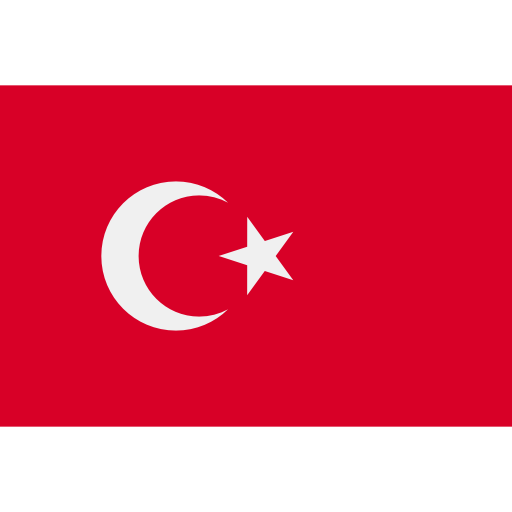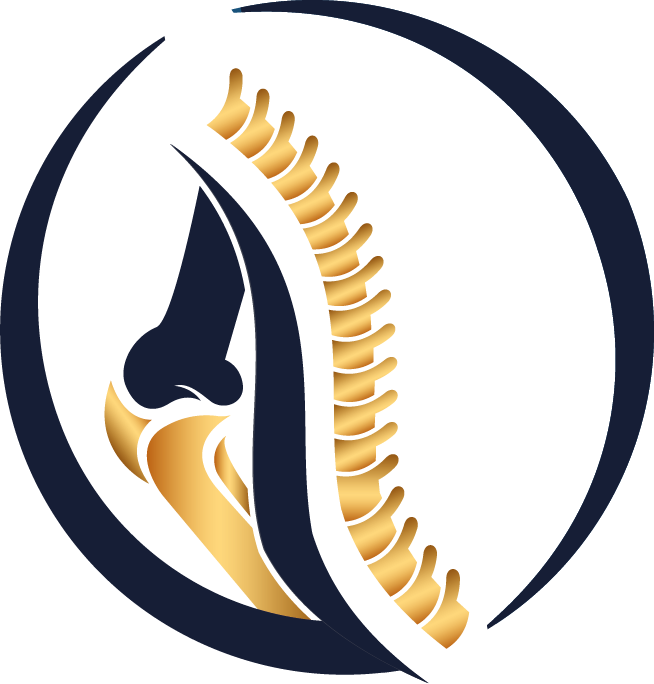Types of Meniscus Tears: Horizontal, Vertical, Bucket-Handle, Radial & Complex
What is the meniscus? The medial and lateral menisci are crescent-shaped cartilage pads that distribute load, protect joint cartilage, and add stability to the knee. Tears occur after twisting injuries or gradually with age-related degeneration.
Common Symptoms
- Knee pain, especially with squatting, pivoting, or stairs
- Catching, clicking, or a “giving-way” sensation
- Swelling (effusion) and reduced range of motion
- Mechanical locking (in some tear types)
Types of Meniscus Tears
Not all tears behave the same. Type, size, location (red–red, red–white, white–white zones), and chronicity guide treatment.
1) Horizontal Tear
A cleavage plane between the upper and lower leaf of the meniscus. Frequently degenerative. Symptoms are often intermittent pain and occasional catching. Selected cases can be repaired if located in vascular zones; otherwise partial meniscectomy may be considered.
2) Vertical (Longitudinal) Tear
Runs along the length of the meniscus. More typical after acute twisting injuries in active patients. When in the peripheral vascular zone, it is a good candidate for arthroscopic repair.
3) Bucket-Handle Tear
An advanced longitudinal tear where a fragment displaces into the notch, causing sudden locking and inability to fully extend. Often requires urgent arthroscopy to reduce and repair the fragment if tissue quality allows.
4) Radial Tear
Extends from the inner free edge toward the outer rim, disrupting hoop stresses and load transmission. Depending on size and location, options include repair with modern suture constructs or partial meniscectomy when irreparable.
5) Complex Tear
Combination of patterns (e.g., horizontal + radial) and common in degenerative knees. Management is individualized; surgeons balance symptom relief with maximal meniscal preservation.
Diagnosis
Clinical examination (joint-line tenderness, McMurray, Thessaly) guides suspicion. MRI confirms tear type, size, and associated injuries (e.g., ACL rupture or chondral lesions).
Treatment Principles
- Conservative care: activity modification, NSAIDs, targeted physiotherapy (quadriceps/hip strength, neuromuscular control). Useful for small, stable, or degenerative tears without locking.
- Arthroscopic repair: preferred for repairable, vascular-zone tears (especially vertical/bucket-handle) to preserve meniscal function.
- Partial meniscectomy: for irreparable fragments causing mechanical symptoms—aiming to remove as little tissue as possible.
- Rehab highlights: early edema control, gradual ROM restoration, progressive strengthening; return-to-sport timelines vary by repair vs. meniscectomy.
Key Takeaway
“Which tear is it?” matters. Tear pattern and location determine whether repair or trimming is safer and more durable. If you have locking, persistent pain, or recurrent swelling, seek an orthopaedic evaluation and MRI-based plan.
 Türkçe
Türkçe
 Arabic
Arabic

